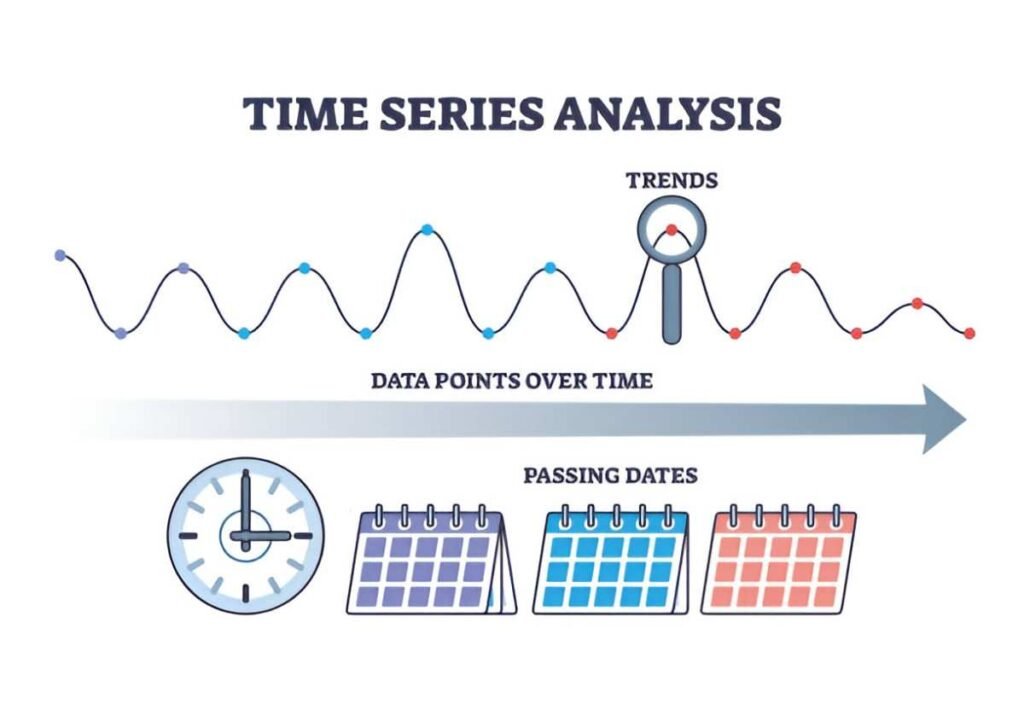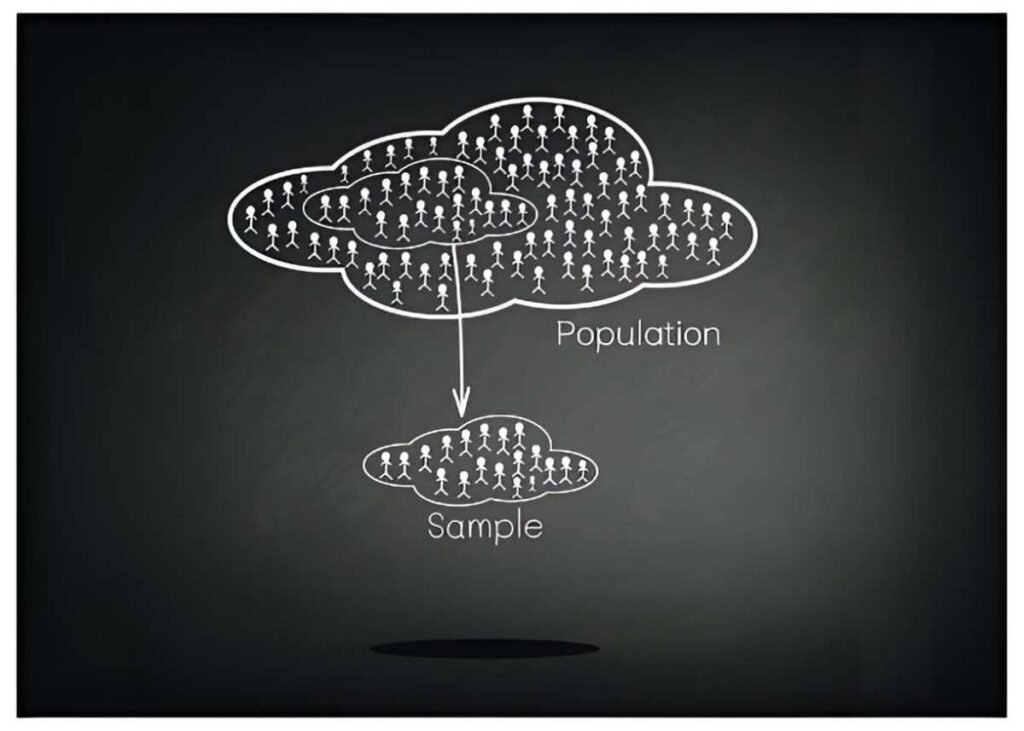The Delphi Technique is a method used to gather consensus from a group of experts on a particular topic through a series of structured questionnaires or surveys. It is widely employed in various fields to forecast trends, make decisions, or develop policies by leveraging the collective wisdom of knowledgeable individuals.
Table of Contents
Key Characteristics of the Delphi Technique
- Iterative Process: The technique involves multiple rounds of questionnaires or surveys, with feedback provided anonymously to participants after each round.
- Anonymity: Participants’ identities are typically kept confidential to encourage honest and unbiased responses.
- Expert Opinion: It relies on the expertise and knowledge of individuals who are recognized as experts in their respective fields.
How the Delphi Technique Works
Process Overview
- Round 1: Experts receive a questionnaire or survey asking for their opinions or forecasts on a specific issue or scenario.
- Feedback: Responses are compiled and summarized without revealing individual identities. Participants may revise their opinions based on the aggregated feedback.
- Subsequent Rounds: Additional rounds are conducted until consensus is reached or until no significant changes in responses occur.
Example of the Delphi Technique
Scenario: Forecasting Market Trends
- Question: A group of economists is asked to predict inflation rates for the next five years.
- Round 1: Each economist submits their forecasts anonymously.
- Feedback: The responses are analyzed and summarized, highlighting areas of agreement and divergence.
- Round 2: Economists receive a revised questionnaire based on the feedback, allowing them to adjust their forecasts.
Applications of the Delphi Technique
Strategic Planning
- Long-Term Forecasting: Organizations use the Delphi Technique to forecast market trends, technological advancements, or economic conditions.
- Risk Assessment: It helps assess potential risks and uncertainties by gathering insights from diverse experts.
Policy Development
- Consensus Building: Governments and policymakers use the technique to gather consensus on public policies or regulatory changes.
- Scenario Planning: Planning for various scenarios and their potential impacts on the economy or society.
Advantages of the Delphi Technique
- Expertise Utilization: Harnesses the knowledge and expertise of diverse specialists.
- Anonymity: Encourages unbiased responses and prevents dominant individuals from influencing outcomes.
- Flexibility: Can be adapted to various topics and situations, allowing for customized questionnaires and feedback mechanisms.
Criticisms and Limitations
Challenges in Implementation
- Time-Consuming: Conducting multiple rounds can be resource-intensive and time-consuming.
- Bias: Despite anonymity, biases may still influence responses, affecting the accuracy of consensus.
- Expert Selection: Ensuring the selection of truly knowledgeable and unbiased experts is crucial for meaningful outcomes.
Conclusion
The Delphi Technique remains a valuable tool in decision-making and forecasting, particularly in situations where expert opinions and consensus are pivotal. By facilitating structured communication and leveraging the collective wisdom of experts, organizations and policymakers can make informed decisions and mitigate uncertainties in complex environments. While it has its limitations, the technique’s ability to synthesize diverse perspectives and generate consensus makes it a powerful method for tackling challenges across various domains, from business strategy to public policy formulation.





